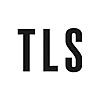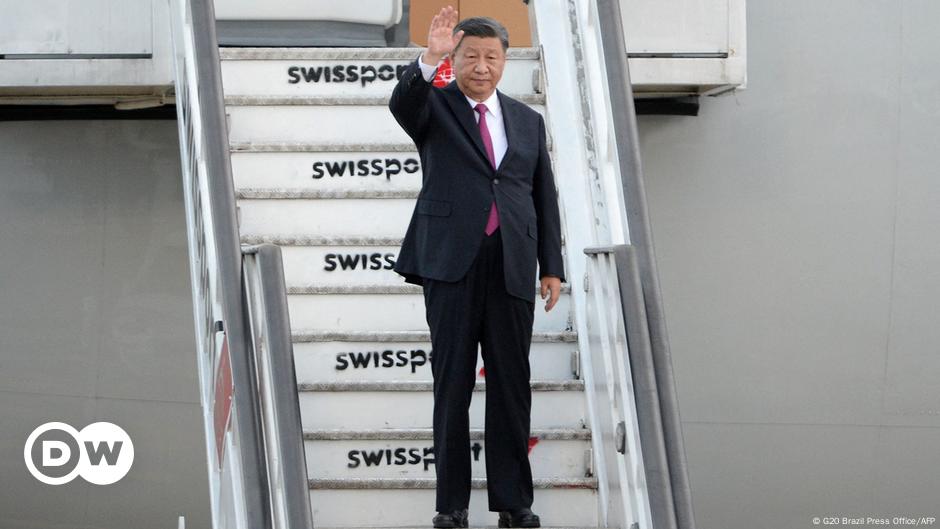I first went to look at medieval manuscripts in Longleat House in the early 1970s. In those days readers were placed in an upper gallery that overlooked the grounds. This was not the only prospect. Stretching my legs, I peered into an adjacent bay and found life-size models of Churchill and Hitler sitting facing each other.
Later visits, in more aseptic rooms, lacked such diversions. But the significance and extent of the Longleat collections was justification enough to return. And, though it is a private library, researchers have always been made welcome. The collection was begun in the early sixteenth century by William Thynne, editor of the great edition of Chaucer’s works published in 1532. Some of the books he used are still in the library. Later generations of the family enlarged the collection of medieval manuscripts until the early eighteenth century.
Now that is changing. The website of the Arts Council currently includes two lists of eighteen medieval manuscripts from Longleat that are to be sold by private treaty through the auction house Christie’s. Six of these are primarily in Middle English including two that have works in them by Chaucer, and a Wycliffite Bible, the most expensive single item, valued at £2.2 million. The Red Book of Bath is in Latin and Middle English. One manuscript is a French romance. There is a thirteenth-century collection of works in Latin, Hebrew and Anglo-Norman from Ramsey Abbey. The others are chiefly in Latin, including an eleventh- or twelfth-century French or English Apocalypse manuscript from a Benedictine house in Norfolk and an elaborately decorated Italian humanist collection of the works of Flavius Josephus first owned by Cosimo de’ Medici.
If the quality of the manuscripts is high, so are the prices. Presumably the manuscripts were all chosen for sale because of their marketability. In total they have a “guide price” amounting to nearly £11 million. The cheapest is £150,000; four are priced at £1 million or more. The average price per manuscript is about £610,000.
Of course, no one can dispute Lord Bath’s right to dispose of his own property. His decision and that of the chattel trustees of Longleat will have been taken carefully in the context of his wider responsibilities. One might guess that the current de-accessioning is linked to the same factors that prompted the sale at auction earlier this year of the Longleat Titian for £17.5 million. At the time its sale was reported to be part of a “long-term investment strategy.” Lord Bath has wisely entrusted the cataloguing of the manuscripts to Christie’s, which has undertaken the task with characteristic meticulousness and presumably have established the guide prices for them.
However, a private treaty sale of this kind is an unusual way to dispose of manuscripts of this quality. The commonest form of sale for such items is by auction, where the vendor would pay tax and other premiums on the sale price and where, in appropriate circumstances, a buyer may need to seek an export licence, in which case the sale would be subject to review under the Waverley criteria and might be blocked.
The Arts Council website includes a document titled “Private Treaty Sales: Guidance Published 21 October 2022”. This sets out the procedures under which the Longleat manuscripts are to be sold. It stipulates that, in the case of “pre-eminent works of art” that are sold to “public institutions” in the UK, the vendor will normally pay no tax on the final price (unlike at auction). For the institutional buyer there are also benefits. They come in the form of what is termed a “douceur”. It means that an institution can purchase a manuscript for what is termed the “special price”. This “special price” is the net sale price that the manuscript would have made from its “agreed market value” (notional hammer price) at auction – plus 25 per cent of the tax that would have been paid on that sale. This is the sum that is then paid, tax-free, to the vendor. So, for example, at an ordinary auction, if the hammer comes down on something at £100,000, then the vendor realizes about £55,000 after taxes of around £45,000. But under private-treaty arrangements the vendor gets £55,000 plus a quarter of the putative taxes for a grand total, tax-free, of £66,000. The buyer, meanwhile, pays less than the “agreed market value” – getting for £66,000 something that would otherwise have cost them £100,000.
What is not clear from the document on the Arts Council website is by whom and how the “agreed market value” is determined, and how it relates to the current guide prices for each of the Longleat manuscripts on offer. The Arts Council document states that “the prospective purchasing institution should always seek to arrive by negotiation at a fair market price”, but does not say how this should be done.
There is currently a three-month window in which UK institutions can seek to raise funds to purchase items in this sale. In the present circumstances one wishes all parties well at a time when much remains unclear, though it is to be hoped that at least some of the Longleat manuscripts, once sold, stay in the UK. All interested in the wellbeing of our national heritage will keep a close watch on further developments. In the meantime I think nostalgically of Winston and Adolf in their upper bay in Longleat House. Times change. Where are they now? I’d be rather tempted to buy them out of sentiment. If the price was right.
A. S. G. Edwards is the editor of Medieval Manuscripts and their Provenance: Essays in Honour of Barbara A. Shailor, 2024. He is writing a history of the trade in Middle English manuscripts
The post Not in the script appeared first on TLS.

 By Times Literary Supplement | Created at 2024-11-14 02:17:55 | Updated at 2024-11-23 10:11:02
1 week ago
By Times Literary Supplement | Created at 2024-11-14 02:17:55 | Updated at 2024-11-23 10:11:02
1 week ago








